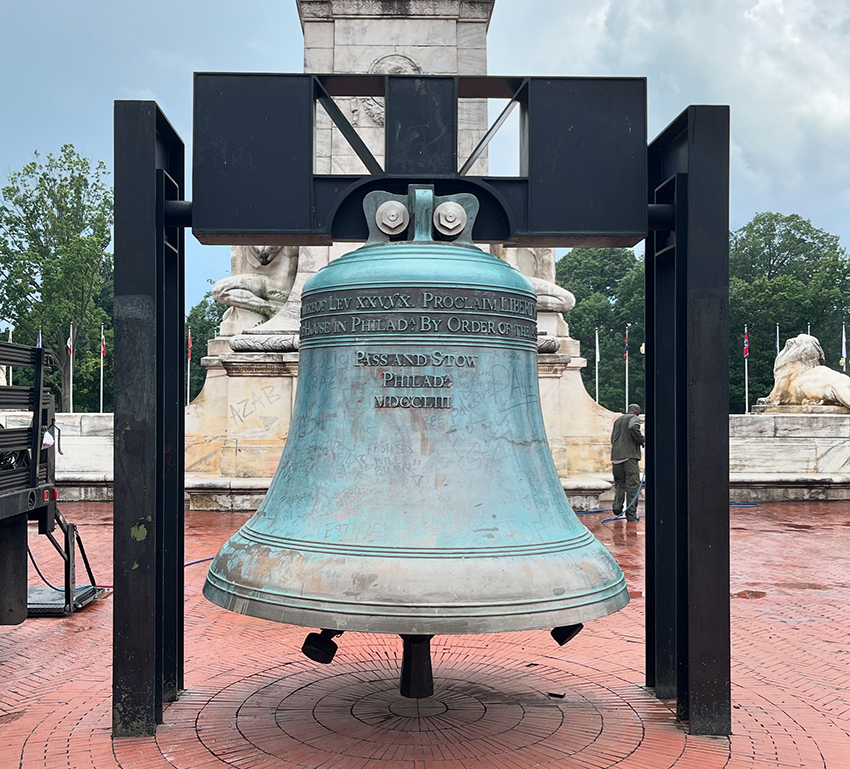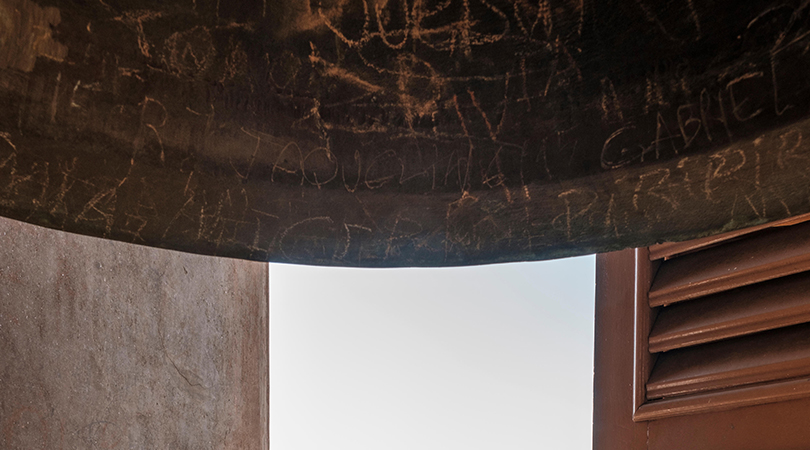Bells have hung for millennia as symbols of faith, community, and craftsmanship. From great cathedrals to town halls and memorial parks, these resonant instruments have marked births, deaths, celebrations, and calls to come together. Yet increasingly, some of these historic bells, especially those accessibly displayed, have become the targets of graffiti and vandalism. What may seem like a harmless whim or a fleeting signature can in fact cause lasting and irreversible harm.
Bells wait a long time to develop protective patina.
Many old bells, especially those cast in bronze or copper alloys, develop a greenish-blue surface over time called verdigris. This patina is not merely decorative; it’s a natural protective layer that prevents deeper corrosion and gives the bell its characteristic aged beauty. When graffiti artists or vandals coat the surface with spray paint, they suffocate this patina beneath layers of synthetic chemicals. Paint solvents can seep into microscopic cracks and pores, disrupting the metal’s chemistry and accelerating corrosion once the paint begins to peel or is stripped away.
Even attempts to remove graffiti can worsen the damage. Harsh cleaners, wire brushes, or sandblasting can strip away the verdigris entirely, exposing raw metal to the elements. Once that happens, the bell’s original finish and the slow centuries of oxidation that formed it are compromised. A bell that might have survived for hundreds of years can begin to rust or pit.

Image: Lasting scars of graffiti may be seen on the Freedom Bell even after cleaning. The bell was vandalized the previous day during protests at Union Station opposing Israeli Prime Minister Benjamin Netanyahu’s visit to Washington, D.C.
Scratches and carvings diminish history.
Equally harmful is the practice of scratching initials, dates, or words into the bell’s surface. While some may see it as a way to leave a literal mark, such acts are in fact the defacement of cultural heritage. Each bell tells a story: of the artisans who cast it, the community that raised funds to hang it, and the generations who listened to its chime. Many historical bells are inscribed with Latin mottos, religious dedications, or the names of founders and patrons – markings that were chosen with care and often hold deep symbolic meaning.
When vandals carve their own messages or gouge the surface, they erase part of that story. The delicate inscriptions and original ornamentation can be obscured or destroyed. In the worst cases, deep scratches can alter the bell’s physical balance or even affect its tone when rung. What’s left behind is not an act of expression but a scar, the permanent reminder of carelessness against a piece of shared history.
Help preserve the sound of the past.
Historic bells are not just static objects; they are living voices from the past. Every time one rings, it connects us to the hands that shaped it and the ears that first heard it sound. Graffiti and vandalism silence that connection, replacing artistry and reverence with damage and decay.
Preserving bells means respecting them. If you visit one, whether in a churchyard, museum, or public square, take time to admire its form, read its inscription, and listen to its tone. But please: do not defile it with paint, marker, or knife. Let the bell’s own voice, and the patina it has earned through time, speak for itself.
When we protect a bell, we preserve not just a metal object, but a melody that has rung through generations. Its song deserves to endure – clear, untarnished, and unbroken.
Cover image: Detail from below of scratches and graffiti on the bell at the Igreja de São Pedro dos Clérigos in Mariana, Minas Gerais, Brazil.

